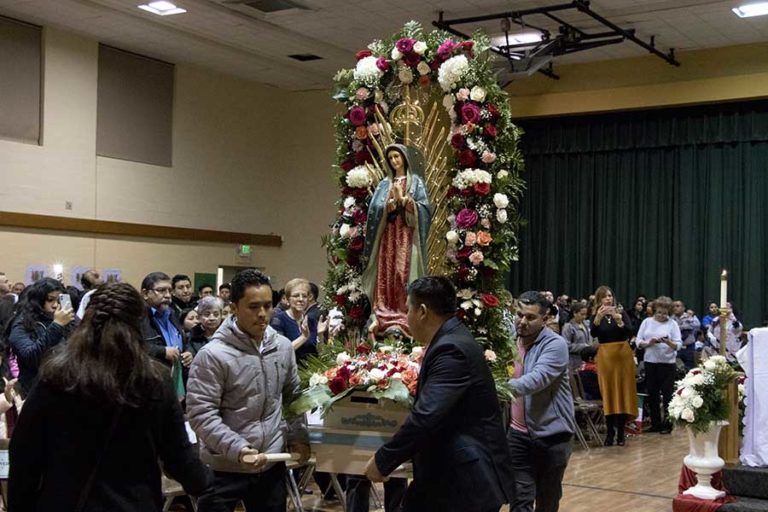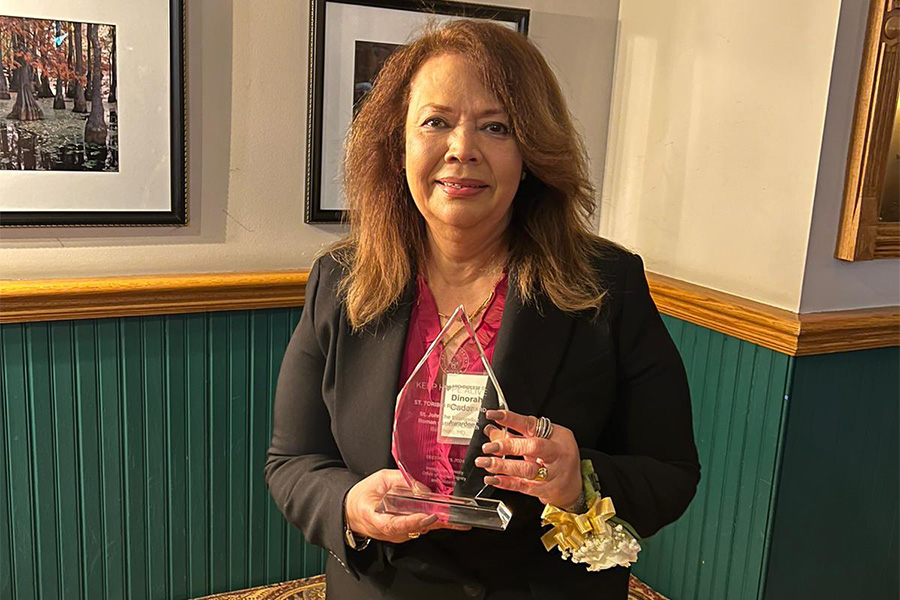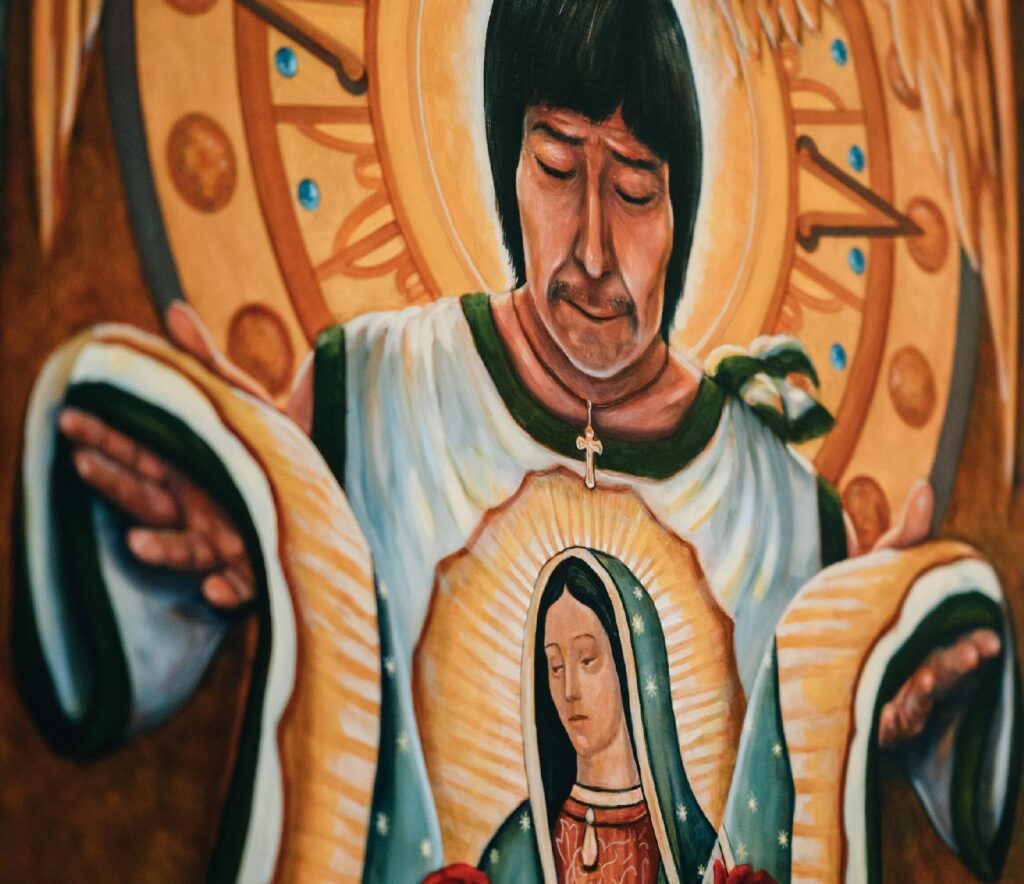
In a normal year, celebrations of Our Lady of Guadalupe on her Dec. 12 feast day are marked by huge gatherings that include processions, re-enactments of the appearance of Mary to St. Juan Diego, singing, dancing and lots of flowers.
The coronavirus pandemic makes those kinds of grand events impossible this year. That doesn’t mean, however, that there aren’t other ways of honoring the patron saint of the Americas.
In the Archdiocese of Baltimore, Archbishop William E. Lori will celebrate a Dec. 12 Mass at 7 p.m. at St. Clare in Essex. While the general public is not invited because of concerns about COVID-19, everyone is encouraged to participate via livestream (https://www.facebook.com/aobhispanicministry). Bishop Bruce Lewandowski, C.Ss.R., will preach the homily.
Some parishes throughout the archdiocese will also offer special feast day Masses, although archdiocesan leaders encourage parishioners to use caution on attending.
“Given the current rise of COVID-19 cases in Maryland and with the new restrictions put in place, we have to adapt to these new realities,” said Lia Salinas, director of the Office of Hispanic Ministry in the Archdiocese of Baltimore.
Salinas advises that Catholics follow parish protocols on Mass attendance, with some locations requiring advance sign-ups. If anyone is concerned about their health or the health of others, they should not attend. In the Archdiocese of Baltimore, Archbishop Lori has given a dispensation from attending Sunday Masses during the pandemic. The Feast of Our Lady of Guadalupe, although a much-loved celebration, is not a holy day of obligation.
Salinas encouraged families to hold prayer services in their homes. They could also build altars with flowers, candles and an image of Our Lady of Guadalupe, if possible. The Scripture readings could be read for the day, Salinas said, or the family could pray the rosary.
“Many Hispanic Catholics in particular have a special devotion to Our Lady of Guadalupe, as she has been declared ‘Empress of Latin America’ and the ‘Star of the New Evangelization,’” Salinas said. “She is a symbol of cultural identities for many immigrants of Latin America.”
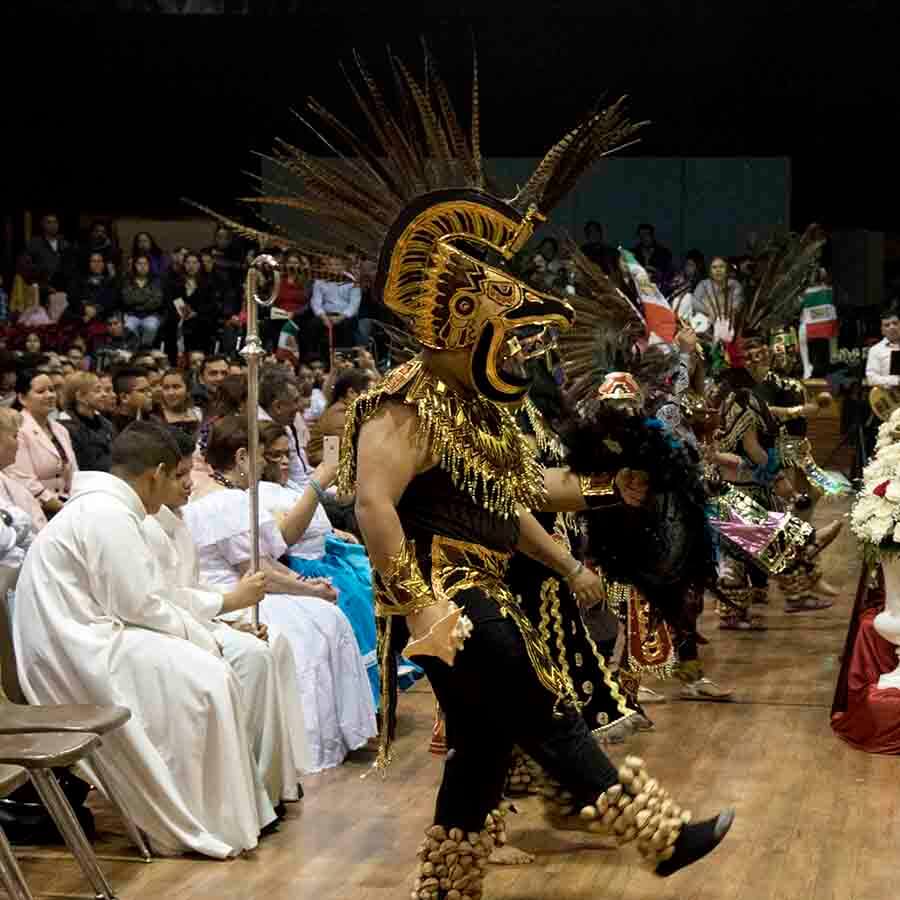
Mary appeared to a humble peasant on his way to Mass to celebrate the feast of the Immaculate Conception of Mary on a hill near a rural village just outside Mexico City in 1531.
His native name in Nahuatl was Cuauhtlatoazin (“one who speaks like an eagle”) and in Spanish was named Juan Diego, now a saint canonized by St. Pope John Paul II in 2002.
Surrounded by light and speaking in his indigenous tongue of Nahuatl, Mary told St. Juan Diego that she wanted a church built to manifest the love of Jesus and hear the petitions of the faithful. At her request, he approached Bishop Juan de Zumarraga, who doubted the story.
After St. Juan Diego saw Mary again Dec. 12, she arranged roses within his cloak and told him this would be the sign that he should present to the bishop. When Juan Diego opened the cloak, or tilma, to show the flowers, the bishop was presented with a miraculous imprinted image of Our Lady of Guadalupe. The name Guadalupe is a Spanish version of the Nahuatl word Coatlaxopeuh, meaning “the one who crushes the serpent.”
The Basilica of Guadalupe in Mexico City, which displays St. Juan Diego’s cloak, has become one of the world’s most-visited Catholic sites, second only to the Vatican and Sistine Chapel in Rome.
This year, in Mexico, the Basilica of Our Lady of Guadalupe was closed for her feast to prevent the spread of COVID-19. Pope Francis said Catholics still can receive a plenary indulgence Dec. 11 and 12 for their Marian devotion if they follow certain conditions.
Mexico City Cardinal Carlos Aguiar Retes’ letter announcing the indulgence was accompanied by the formal proclamation by Cardinal Mauro Piacenza, head of the Apostolic Penitentiary, the Vatican tribunal that deals with matters of conscience and with indulgences.
To receive an indulgence, a remission of the temporal punishment one deserves for one’s sins, the following conditions must be met. A person must:
— Prepare an altar or place of prayer to Our Lady of Guadalupe at home.
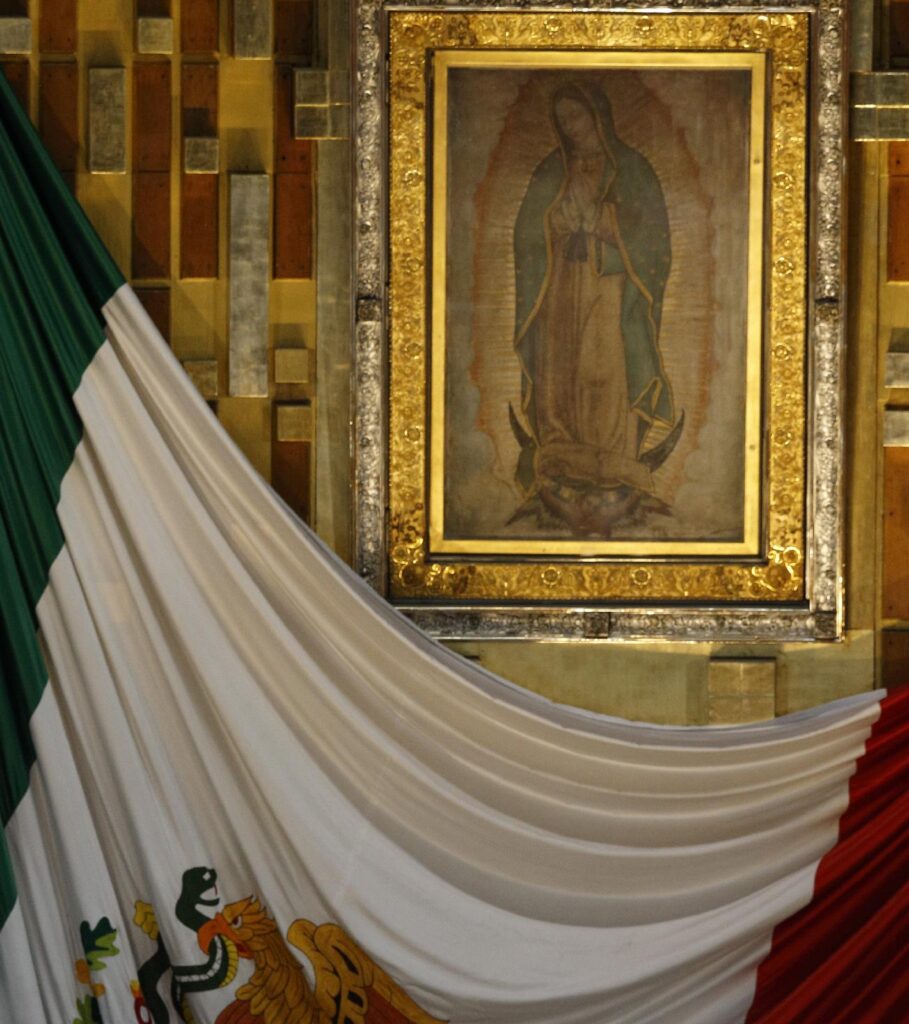
— Watch a livestream or televised Mass at the Basilica of Our Lady of Guadalupe in Mexico City Dec. 12, “actively participating … with devotion and with exclusive attention to the Eucharist.” It said Masses could be accessed at www.youtube.com/user/BasilicadeGuadalupe at midnight or noon CST (1 a.m. or 1 p.m. EST).
— Complete the usual conditions for an indulgence by praying for the pope’s intentions, being in a state of grace after confession, attending a full Mass and receiving Communion. The letter said the last three conditions “can be fulfilled when public health guidance allow.”
The indulgence would be for anyone in the world, but Cardinal Aguiar acknowledged that people in the United States, Latin America and the Philippines have special devotions to Our Lady of Guadalupe.
“Without a doubt 2020 has been a tough year for many,” Salinas said. “The pandemic brought unemployment, uncertainty, illness, death, isolation and despair. Many look up to our Lady of Guadalupe as a symbol of hope amid all the chaos in the world. They look to her as a mother who embraces her suffering child.”
For a list of parish celebrations of Our Lady of Guadulupe, click here.
Catholic News Service contributed to this story.
Email George Matysek at gmatysek@CatholicReview.org.
Copyright © 2020 Catholic Review Media

